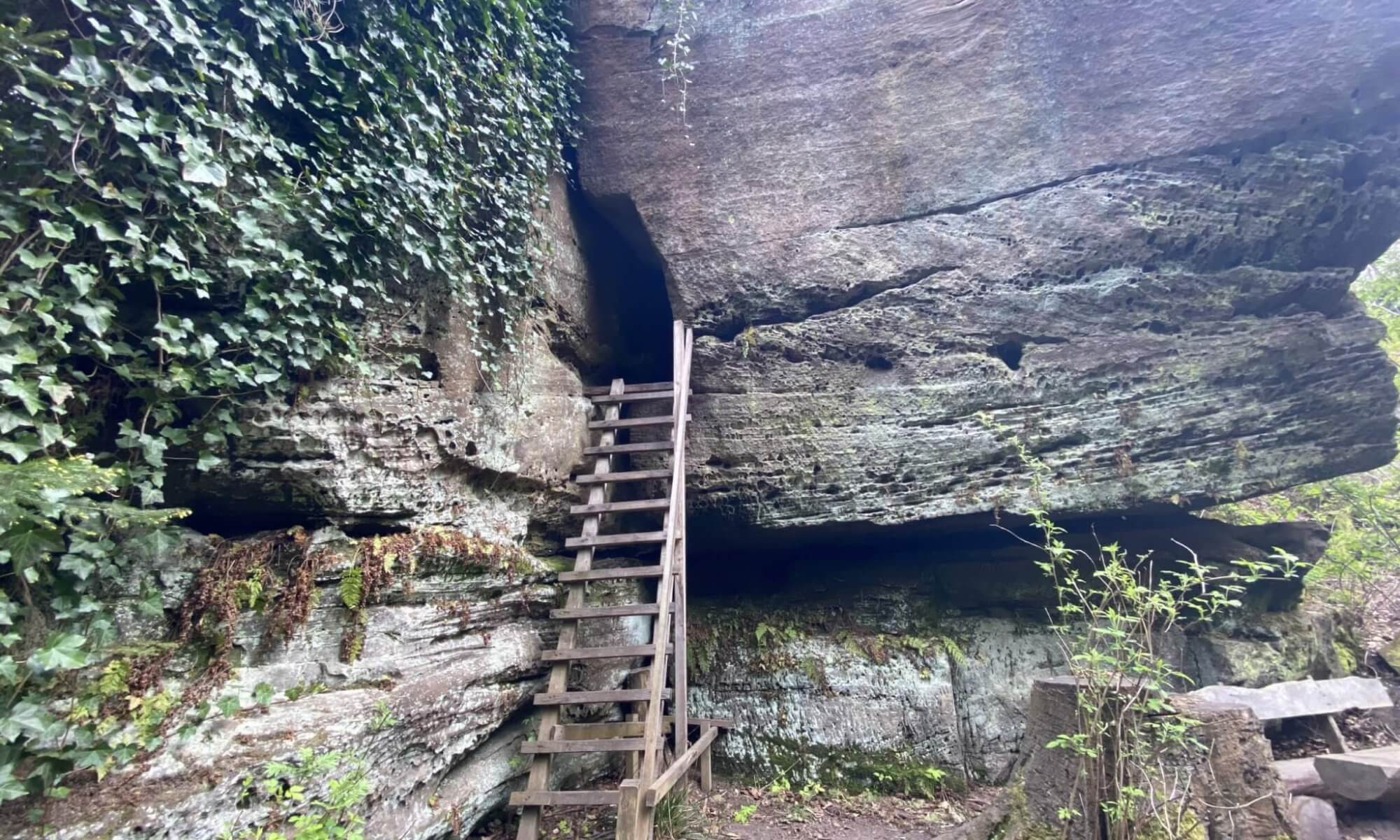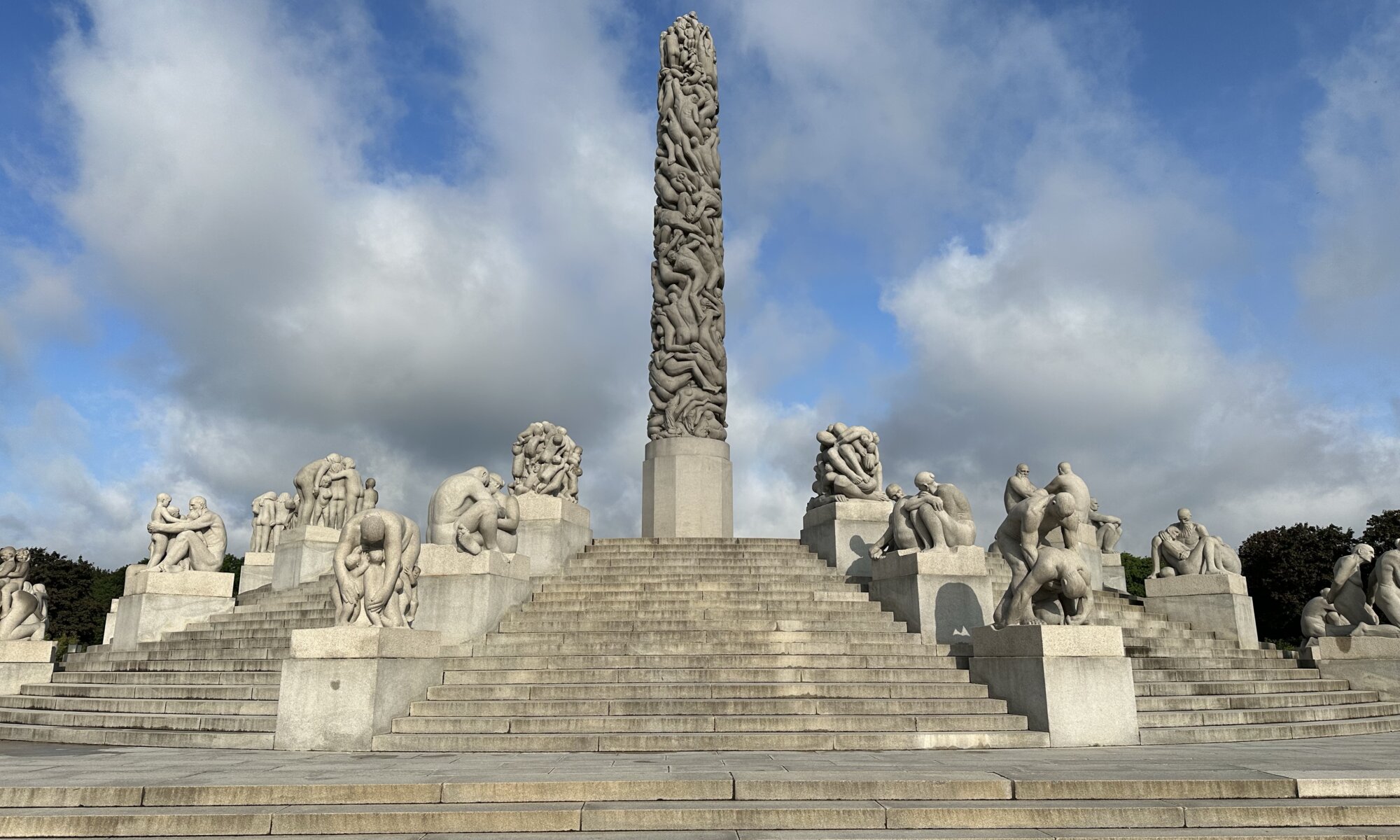Gustav Vigeland was the most important sculptor of Norway. He was born in 1869 and died at Oslo in 1943; his connection to the capital city was strong: he gave the rights on his sculptures to the city administration and the city administration assured his means of subsistence. Vigeland was highly influenced by French sculptor August Rodin and his work focusses on the relationship between man and woman; maybe that’s why many people can relate to his work and enjoy seeing his sculptures.
A vast number of his works can be found in the Vigelandsanlegget (or Vigelandsparken), a part of the Frognerpark at Oslo. This sculpture garden was created between 1923 and 1943 showing the circle of life in sculptures. When walking over the bridge and on top of the hill you can see a large number of sculptures of man and woman; of children, grown-ups and seniors. Most of them interacting, some with strong emotions. Tourists often use this place to recreate the gestures themselves and take pictures.
Not far away from the Vigelandsparken you can find the former workshop of Vigeland that has been converted into the Vigelandmuseet. There you can learn more about his life, the creation of the Vigelandsanlegget and his sculptures. Did you know that Gustav Vigeland has also designed the Nobel Prize medal? You can reach both, the sculpture garden as well as the museum, by taking tramway 12 to Vigelandsparken or Frogner plass (for the museum).
Vigelandsparken
Vigelandmuseet
Oslo
Norway
Loading map...


